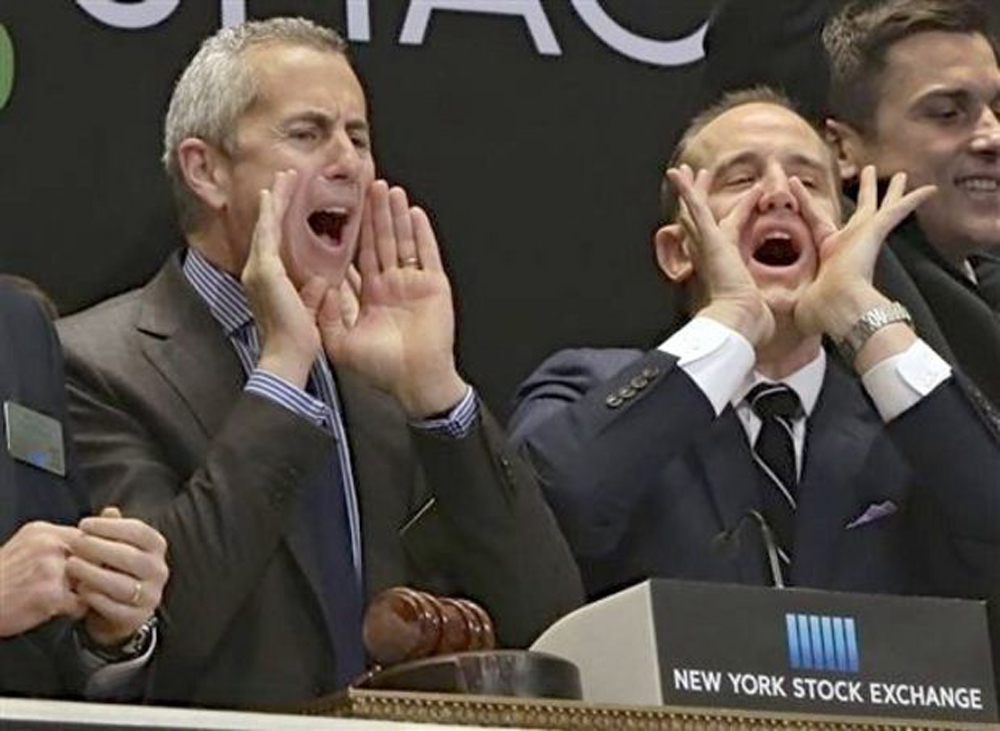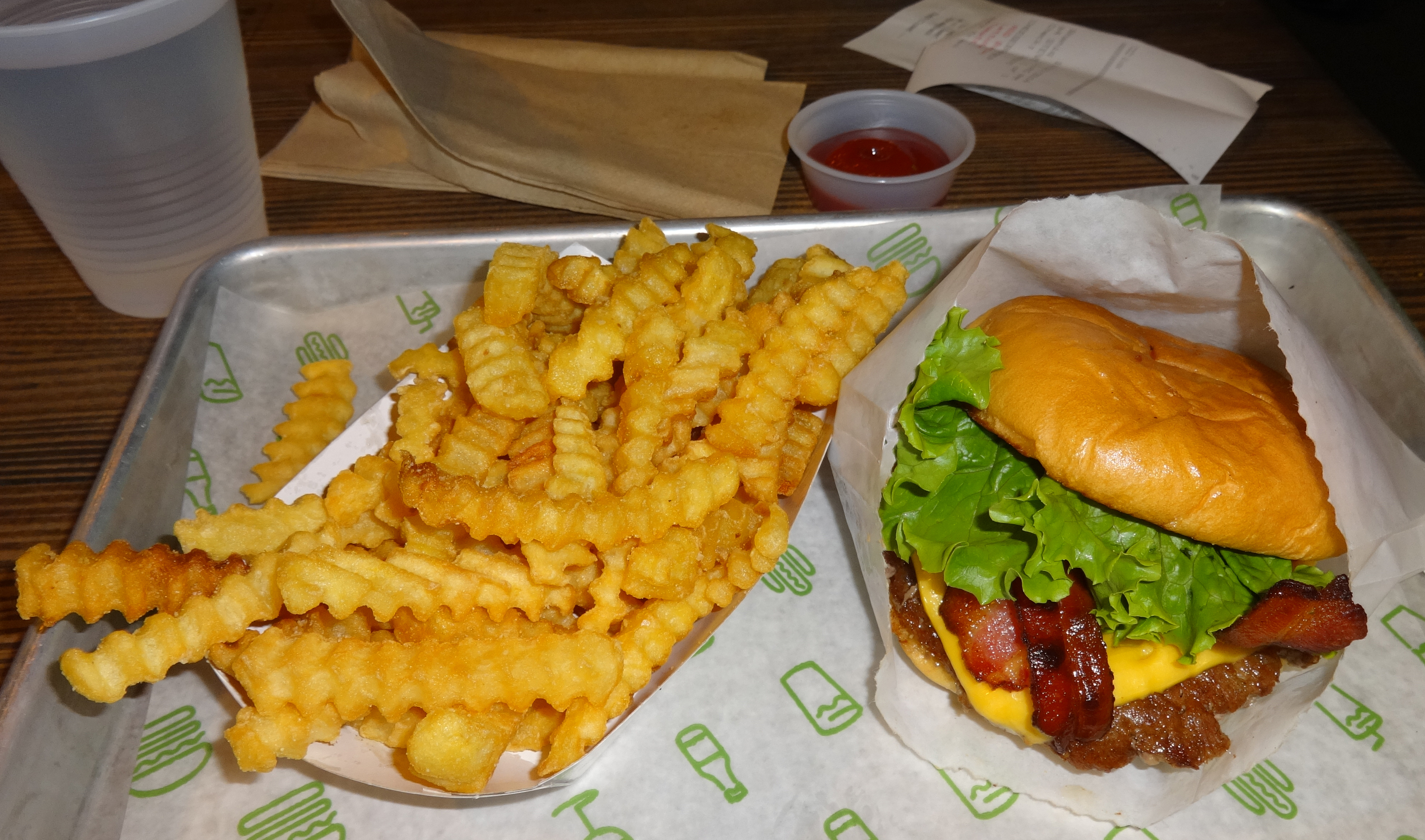This post has been read 4887 times!
 Update February 7, 2015- Told you so. Bloomberg now slams Danny Meyer for running Shake Shack as a dictator. Public life will be a big shock to Mr. Meyer. Wait until the shorts pile on.
Update February 7, 2015- Told you so. Bloomberg now slams Danny Meyer for running Shake Shack as a dictator. Public life will be a big shock to Mr. Meyer. Wait until the shorts pile on.
December 30, 2014- By Steven. E. Greer, MD (registered financial analyst)
BatteryPark.TV was the first to take a stab at valuing what a publicly traded Shake Shack might be worth, and to report that Danny Meyer had “sold out, literally” when he sold 40% of his company to a private equity shop. Now, despite Mr. Meyer stating on CNBC television on August 9th, 2013, when asked whether he would take Shake Shack public, “After hearing your previous story about activist investors, I can’t think of anything I’d rather less like to do than go public.”, Shake Shack is indeed doing an IPO under ticker (SHAK).
The WSJ reports on the nature of the stock offering, and it is convoluted and needlessly complicated one for a fast-food company. They are using controversial tax shelters to give Danny Meyer lucrative payments after the IPO, and to help him maintain control of the company. He seems to want to have his shake and eat it to, or take the cash from an IPO and not have those pesky investors give him any hassle.
The WSJ reports, “While the company has a relatively straightforward business, its IPO has a complex structure. After the IPO, the private investors also will continue to get payments from Shake Shack equal to 85% of certain tax benefits the company might receive, an arrangement known as a “tax receivable agreement,” according to the filing. The company said it expects the payments to be significant. Robert Willens, an independent tax analyst in New York, said the arrangements are common and can be controversial. But, he said, if they are “fully disclosed and…reflected in the IPO price, it’s probably not that objectionable.”.
Also a bit controversial is the intended use of the IPO cash. Normally, IPO’s are justified for reasons that will help the investor understand how the cash they invest in equity will help the newly minted shares grow in value. In the case of Shake Shack, the cash will be used to make Danny Meyer and his private equity partners rich. That is typically frowned upon by Wall Street (The bankers and traders are supposed to get rich, not the banking clients).
The WSJ reports, “According to the filing, Shake Shack plans to use the IPO proceeds to buy interests in a private partnership owned by investors including Mr. Meyer and private-equity firms Leonard Green & Partners LP and Select Equity Group LP. That partnership then will use some of the money it receives to repay a credit facility led by J.P. Morgan Chase & Co., which is a lead bank on the IPO with Morgan Stanley . The credit facility will be used in part to fund a $22 million payout to private investors before the IPO. Some (emphasize the word “some”) of the money going to the partnership also will be used to fund new restaurants and renovate existing ones, the company said. It said it plans to open 10 new U.S. Shake Shacks a year starting in 2015 for the “foreseeable future.”
Per Danny’s concerns told to CNBC in 2013, about having activist investors bother him, “The company’s owners aren’t handing over the reins to public investors entirely. They will control a majority of votes immediately after the IPO, according to the filing. And as long as groups affiliated with Mr. Meyer, chief executive of Gramercy Tavern-owner Union Square Hospitality Group LLC, own at least half of the shares they receive in the offering, he can nominate five directors. Leonard Green and Select Equity are each entitled to one seat under a similar arrangement, according to the filing.”.


It’s one thing for PE and founding investors to sell shares in a secondary after a lock-up period, but if there’s little to no IPO money re-invested in the company for operations or for debt extinguishment, I would assume that institutional investors will not be very excited buyers, and this deal will be retail only
—- not good